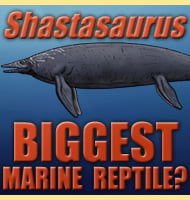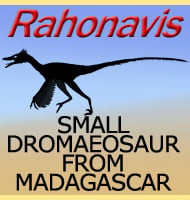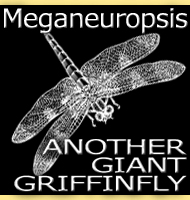In Depth
Kimbetopsalis is a genus of multituberculatan mammal that lived in the USA not long after the asteroid impact that marked the KT extinction that ended the reign of the dinosaurs. Kimbetopsalis has been identified as a member of the Multituberculata due to the large number of cusps that are clearly visible upon the teeth of the holotype, which are partial skull, including upper jaw bone and teeth. Mammals similar to Kimbetopsalis are known from earlier in the Cretaceous period, but these were mostly small, rarely no bigger than modern day rats (though there were a few exceptions). With a roughly estimated size of just under a meter, Kimbetopsalis was significantly larger than these, and may have grown so large because at the time it lived there may have been an absence of large predatory animals, with the worlds ecosystems still recovering from the KT extinction.
Further Reading
- A new taeniolabidoid multituberculate (Mammalia) from the middle Puercan of the Nacimiento Formation, New Mexico, and a revision of taeniolabidoid systematics and phylogeny. - Zoological Journal of the Linnean Society. - T. E. Williamson, S. L. Brusatte, R. Record & S. Shelley - 2015.









